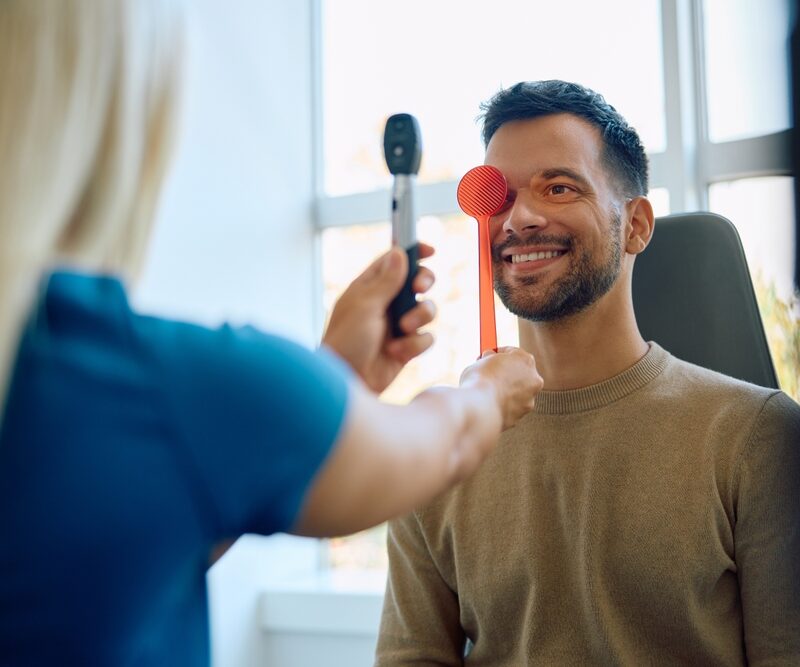Recent Posts
- How Long Does It Take to Go Blind From Diabetes: 5 Stages of Diabetic Vision Loss
- What is OptiLight: 4 Key Functions of IPL Therapy
- Why Do Eye Doctors Dilate Your Eyes: 4 Reasons Your Doctor Needs Dilated Pupils During an Eye Exam
- Can Myopia Be Reversed? 4 Methods for Slowing Myopic Progression
- How to cure Dry Eyes permanently? 5 Professional Treatment Options


